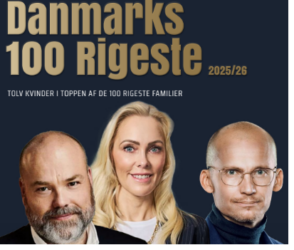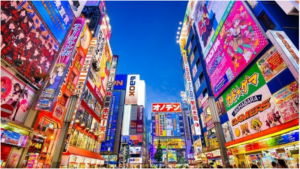Resume af teksten:
USA og Sydkorea har indgået en handel, der opretholder 15% toldsatser på blandt andet biler og dele og indebærer en investering på $350 milliarder i USA. Handlen, der blev annonceret ved APEC-topmødet, inkluderer $150 milliarder til skibsbygning og $200 milliarder i direkte investeringer og lån over de næste 10 år. Denne aftale fremkom hurtigere end ventet trods uenigheder om USA’s investeringsvilkår. Efter nyheden faldt valutakursen på USDKRW til 1420 fra 1435. Forenklede finansieringsstrukturer og forbedrede vilkår for koreanske sektorer som bio/pharma og halvledere styrkede markedsstemningen. Selvom der er forventninger om volatilitet afhængende af Federal Reserves beslutninger, forventes USDKRW at falde til 1400 ved årsskiftet og yderligere til 1350 inden udgangen af 2026. På trods af en mere stabil KRW forventes øget dollarobligationsemission og stærk efterspørgsel efter dollar at opretholde valutakursen.
Fra ING:
The US and South Korea reached a broad trade deal, keeping reciprocal tariffs at 15%, including on autos and parts, and committing $350 billion in investment in the US. Risk assets rose, and the USDKRW fell to 1420 from 1435

Trade deal reached earlier than expected
The US and South Korea reached a trade agreement during the Asia-Pacific Economic Cooperation summit. Markets had anticipated a longer negotiation process due to differences over US investment terms. The agreement specifies a 15% sectoral tariff on autos, as well as Korean investment in the US totalling $350 billion—$150 billion allocated to shipbuilding and $200 billion provided in cash over the next 10 years.
The big gap in US investment was a major factor holding up the deal. The fund will be financed via a combination of direct investment, loans and guarantees. Of the total, $150 billion will be allocated to Korean shipbuilders working in the US. And $200 billion will be paid in cash, capped at $20 billion per year. Korea added a condition that it may adjust payment timing and amounts based on market conditions.
The $20 billion figure had already been cited several times, including by Governor Rhee in parliament, who stated that annual FX market impacts would be minimal, up to $15–20 billion. So, markets welcomed the details of the deal.
USDKRW to gain, some volatility expected surrounding Fed decision
Sealing the 15% tariff and greater certainty about the funding structure helped relieve pressure on the KRW. We believe that better terms for Korean bio/pharma and semiconductors also lifted market sentiment.
After the news, USDKRW gained almost 0.9%, falling from 1,435 to 1,420 late yesterday. Hawkish Federal Reserve comments limited KRW’s further gains this morning, hovering around 1,420-1,425.
But we expect the USDKRW to trend down to 1,400 by the year-end. Although market expectations on the Fed’s December cut have fallen, ING continues to remain in favour of the December cut. If we are right, the downward move may persist. A more stable KRW could give the Bank of Korea greater flexibility in its monetary policy. We still believe that housing market trends should be closely watched, but a stronger KRW could support the BoK’s easing stance.
Also, even if the funding can be digested with interest income and FX reserves, as the BoK argued, we expect to see an increase in dollar-denominated bond issuances. Also, structurally strong demand for the dollar should limit the downside of the USDKRW in the longer term despite the narrowing rate gap between the US and Korea. We expect the USDKRW to reach 1,350 by the end of 2026.
USDKRW is likely to gain as won specific risk factors reduce

Source: CEIC
Hurtige nyheder er stadig i beta-fasen, og fejl kan derfor forekomme.


